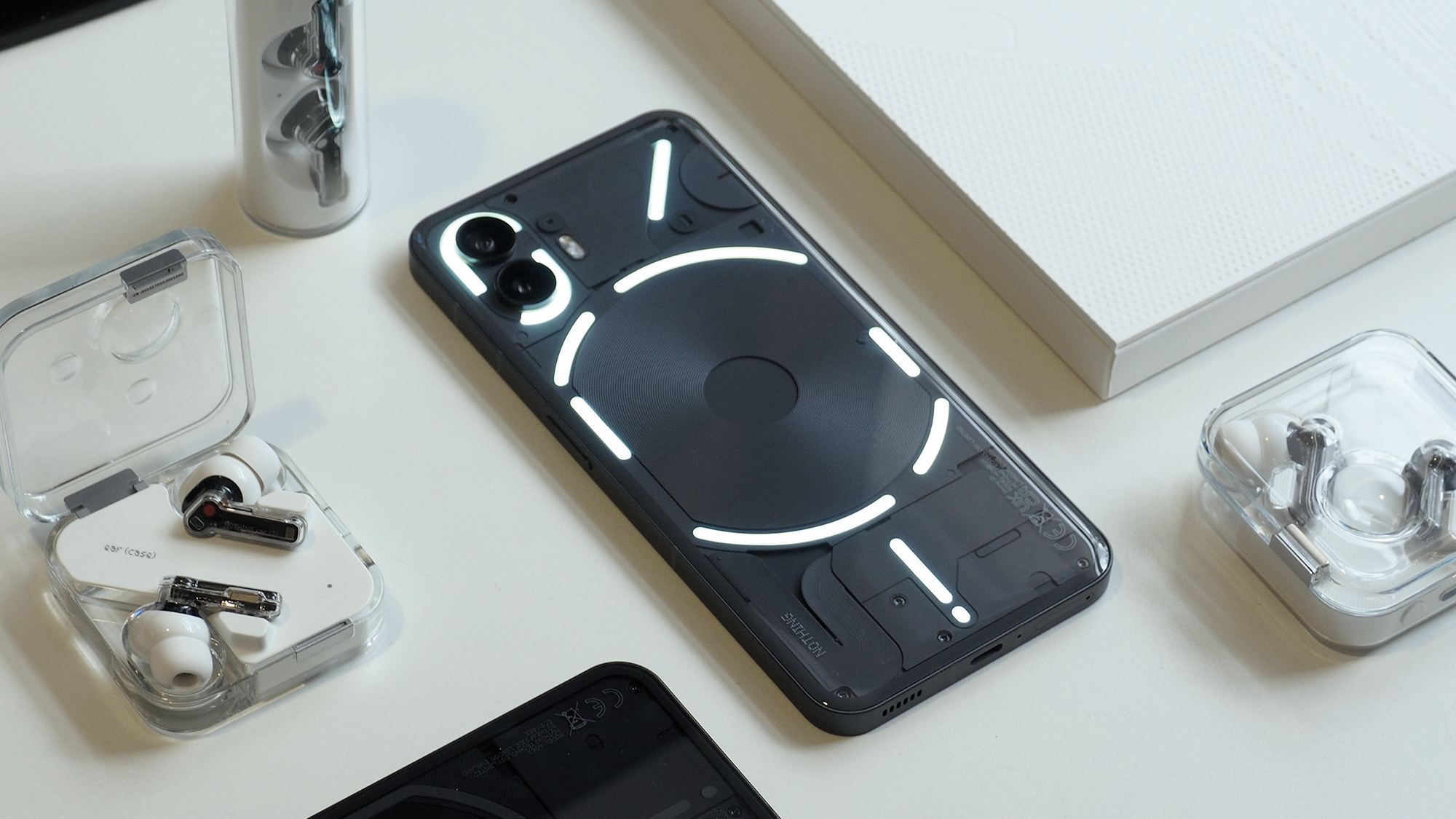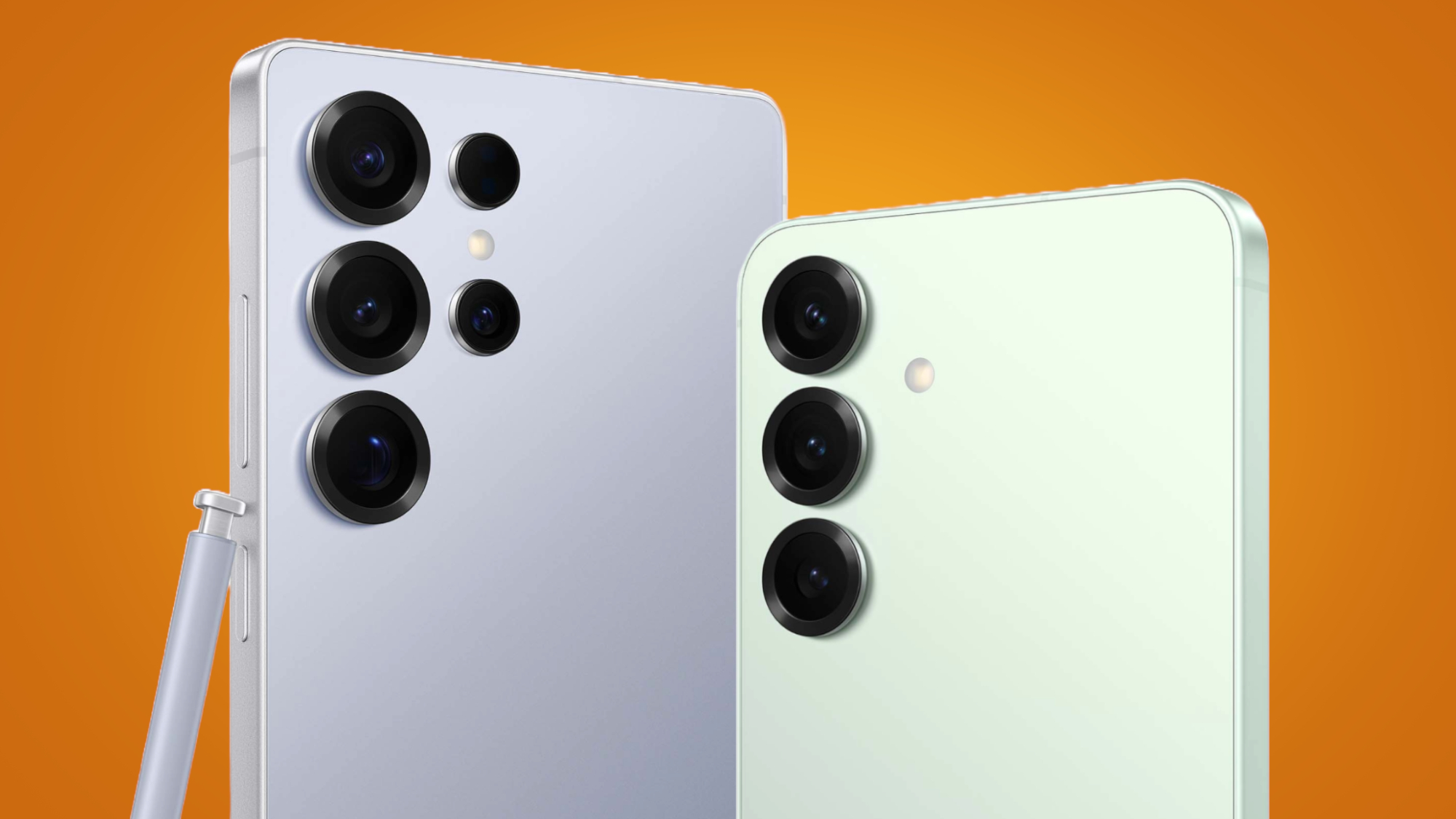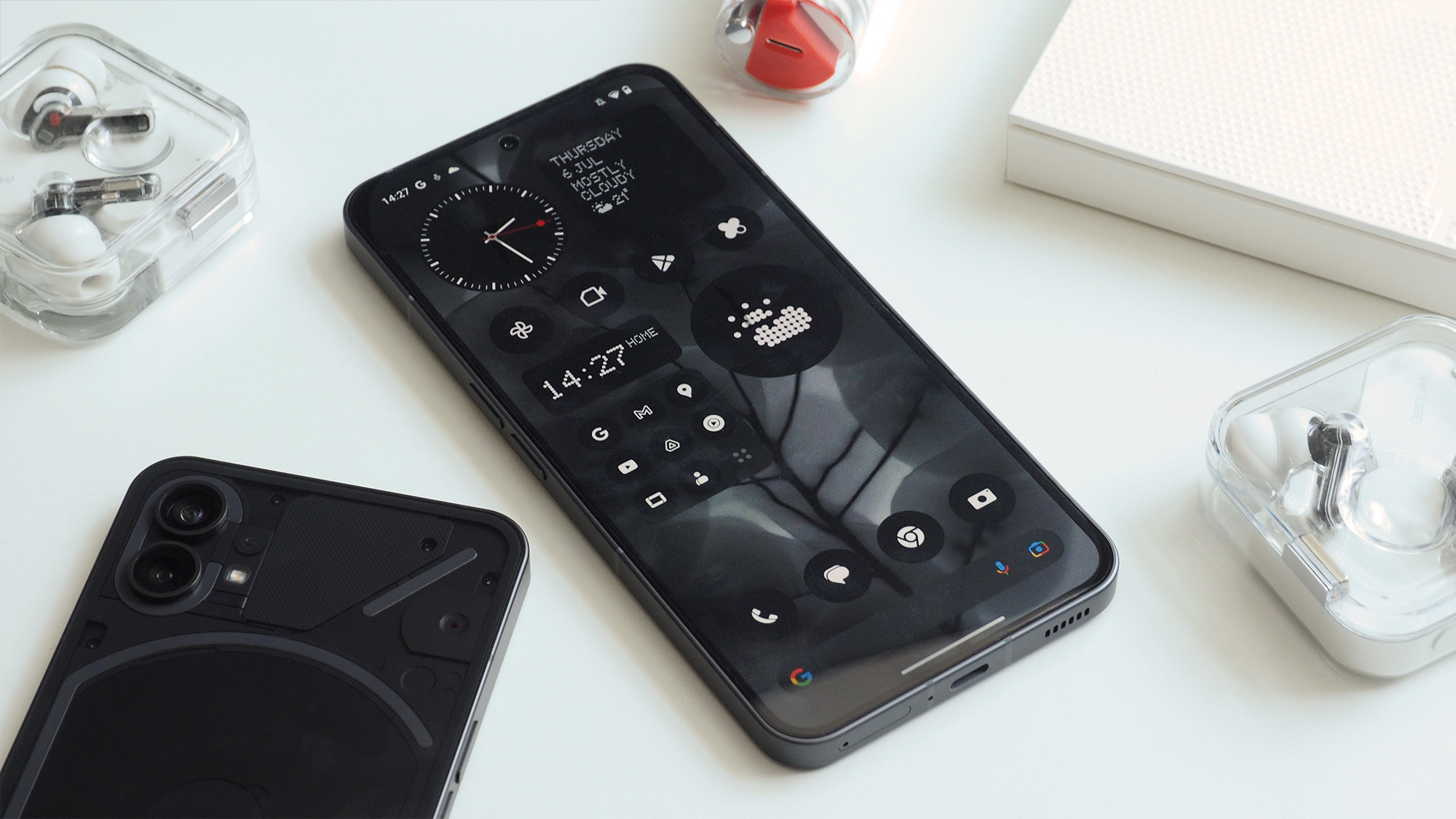Does every phone maker need a flagship?
Flagships are meant to fly, but should everyone touch the sky?

We’re four weeks into the new year, and already the flagship sector of the phone market is alive with activity. The big-ticket story of the season is, of course, the recently announced Samsung Galaxy S25 Ultra, but we’ve also seen a global release for the OnePlus 13 and early rumors regarding the iPhone 17 series.
The latest flagship rumor in the mill concerns the Nothing Phone 3, the expected next mainline phone release from Nothing, a phone company started by OnePlus co-founder Carl Pei in 2020. The rumor appeared online after an internal memo was seemingly leaked – so far, so typical.
Normally, this would be nothing out of the ordinary – rumors of iterative phone releases spring up all the time (they're our bread and butter here at TechRadar!) – but this memo mentions something a little more interesting: the Nothing Phone 3 is supposedly going to be the company’s first-ever “flagship” phone.
Debatably, Nothing has already released two “flagship” phones – the Nothing Phone and Nothing Phone 2 have each been positioned at the top of the company’s phone lineup, and it stands to reason that the Nothing Phone 3 will be, too. By the looks of this memo, though, it seems the teams at Nothing wouldn’t agree with this assessment.
To figure out what’s going on here, let’s take a look at what the term “flagship” really means in today’s smartphone scene.
What is a flagship, anyway?

When we at TechRadar talk about a phone maker’s flagship smartphone, typically we’re either referring to the company’s most powerful, most premium device, or its most recognizable handset.
Often, these two devices will form part of the same lineup, or may even be one and the same, which makes things easier to describe. For example, Apple’s most recognizable smartphone is the iPhone 16, whereas its most powerful is the iPhone 16 Pro Max – both form part of the flagship iPhone 16 lineup.
Get daily insight, inspiration and deals in your inbox
Sign up for breaking news, reviews, opinion, top tech deals, and more.
The flagships we speak of – robustly powerful and superbly built devices like the Samsung Galaxy S25 Ultra, Google Pixel 9 Pro, and OnePlus 13 – are typically some of the most advanced phones on the market, with top-of-the-line displays, cameras, and internal specs. But there’s nothing stopping a phone maker that only makes midrange or budget phones from declaring a specific model as the flagship of their lineup.
What the Nothing memo suggests – or perhaps confirms – is that this convention of fitting flagship phones with the highest-spec parts has caused the word 'flagship' itself to shift in meaning. What was once only a noun, denoting the highest-spec or most promoted phone in a company’s portfolio, has also become an adjective, with connotations of a premium design, quality internal parts, a beautiful display, and excellent cameras.
However, the specs of the current-gen Nothing Phone 2 are already excellent; the phone boasts a Snapdragon 8+ Gen 1 chipset, up to 12GB of RAM, a 6.7-inch display, and a 50MP main camera. Perhaps it’s the case that within the company’s communications, the term “flagship” refers only to phones fitted with the best components possible, which would be a fairly strict interpretation.
Does every phone maker need a flagship?

What Nothing’s apparent approach to “flagships” – or as much as we can gather from a leaked memo – gets me thinking about is whether phone makers actually need to offer a flagship phone.
On the one hand, more competition in any field is generally healthy, and pushes phone makers to keep innovating, which in turn means new high-tech features come down to cheaper and eventually budget phones as time goes on and new revisions are released.
However, this can also lead to market saturation and the stagnation of ideas – take a look at the flagship market segment, and you’ll find large, rounded rectangles with large square or circular camera units. Most flagships use the Qualcomm Snapdragon series of chipsets and run a version of Android, with Apple making use of the A18 and A18 Pro chipsets and iOS. There’s a clear convergence at the top, and perhaps the limitations of the midrange and budget tiers can be better used to drive some innovation.
If companies continue to focus on the high-end of the market, I fear we’ll see a lack of well-crafted experiences in the cheaper echelons of the phone market.
There are companies that do just fine by targeting a niche. HMD, the company that makes Nokia phones, gets by with a lineup of cheap and midrange phones. The highest-end phone HMD makes, the HMD Skyline, isn’t positioned as a competitor to more expensive flagships, but is instead set apart in other ways, like with its flamboyant design and impressive repairability.
Similarly, I’ve never thought that the most interesting thing about Nothing phones is their hardware power – the Nothing Phone 2 has one of the most unique designs on the market, with a partially transparent rear panel covered in LED lights, as well as a beautifully handled UI via the Nothing OS Android wrapper. I’m not convinced that a couple of extra gigabytes of RAM and a slightly faster processor really make the phone more interesting, more enjoyable to use, or even more useful.
If companies continue to focus on the high-end of the market, I fear we’ll see a lack of well-crafted experiences in the cheaper echelons of the phone market as mid and budget-tier phones are instead modeled as nerfed versions of their more expensive counterparts.

This is something I noticed while reviewing the Oppo Reno 12 FS 5G. I kept wishing Oppo had done away with some of the extra features – like its unreliable second and third cameras and overworked design – to focus on the fundamentals. However, convention dictates that if a phone can’t perform like a flagship phone, it needs to at least look like one.
The point here is that a strong focus on flagship phones has both positive and negative effects on the industry. I’ve got no doubts that the Nothing Phone 3 will be a great phone that handles well, performs exceptionally, and maybe even lands a spot on our list of the best Android phones. But I also think it could achieve this without a linear focus on chasing the very highest tech specs.
You might also like

Jamie is a Mobile Computing Staff Writer for TechRadar, responsible for covering phones and tablets. He’s been tech-obsessed from a young age and has written for various news and culture publications. Jamie graduated from Goldsmiths, University of London in 2024 with a bachelor’s degree in Journalism. Since starting out as a music blogger in 2020, he’s worked on local news stories, finance trade magazines, and multimedia political features. He brings a love for digital journalism and consumer technology to TechRadar. Outside of the TechRadar office, Jamie can be found binge-watching tech reviews, DJing in local venues around London, or challenging friends to a game of Super Smash Bros. Ultimate.
You must confirm your public display name before commenting
Please logout and then login again, you will then be prompted to enter your display name.